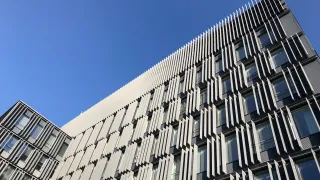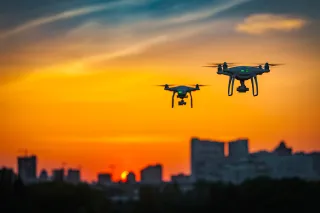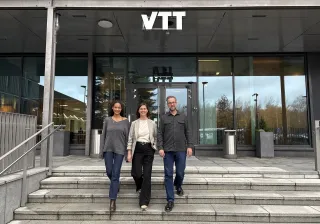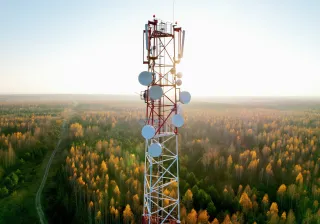The estimated total emission of greenhouse gases from VTT for 2022 were circa 5,800 tonnes of carbon dioxide equivalent. The previous year the figure had been 4,800 carbon dioxide equivalent tonnes. The growth of just under 20% was expected, and it was mostly caused by the end of pandemic-linked travel restrictions.
The amount of greenhouse gas emissions is a fraction of emissions that occurred in 2020 and before.
“The good development is primarily linked with VTT’s decision to buy renewable electricity verified with a guarantee of origin for its locations from the beginning of 2021. In 2021 and 2022 this kind of electricity comprised a 93% share of all VTT’s purchased electricity. In addition, an increasing number of VTT locations use renewable or low-emission district heating”, says Hanna Pihkola, a Research Team Leader and one of those who have been making the calculations.
Carbon neutral by 2030
Sustainable solutions developed together with customers and partners are at the core of VTT’s sustainability. It is equally important to ambitiously develop the sustainability of VTT’s own operations. The goal is to be carbon neutral no later than 2030.
“Reaching the goal requires persistent work in reducing emissions”, Hanna Pihkola observes. “This year we plan to switch to renewable district heating in all our facilities, where such option is available. In addition, we need to define an emission reduction pathway together with other measures needed to implement the carbon neutrality goal.”
In 2021 VTT’s annual greenhouse gas emissions dropped to a fraction of the previous level. The reason for the change was that from the start of 2021 VTT started buying renewable electricity verified with a guarantee of origin for its facilities. The consumption of electricity has been the greatest cause of emissions in the activities of VTT. Other major sources of emissions include heating buildings and air travel. In 2022 the total amount of electricity and heat consumption stayed at the same level as it was in 2021.
The slight increase in greenhouse gas emissions resulted from a rise in air travel after the coronavirus restrictions were lifted. “The kilometres that were flown, and correspondingly, the emissions caused by air travel were nevertheless about half of what they had been before the pandemic”, Pihkola says.
VTT still has much to develop also in the monitoring of emissions related to procurements and research activities. These additions will lead to some growth in both direct and indirect emissions.
To reduce indirect greenhouse gas emissions, VTT is also making efforts to monitor energy consumption more closely. “An internal development project is under way aimed at increasing knowledge about our own consumption of energy. The data that is collected can be used for targeted measures for conserving energy and for increasing energy efficiency”, Hanna Pihkola says.





